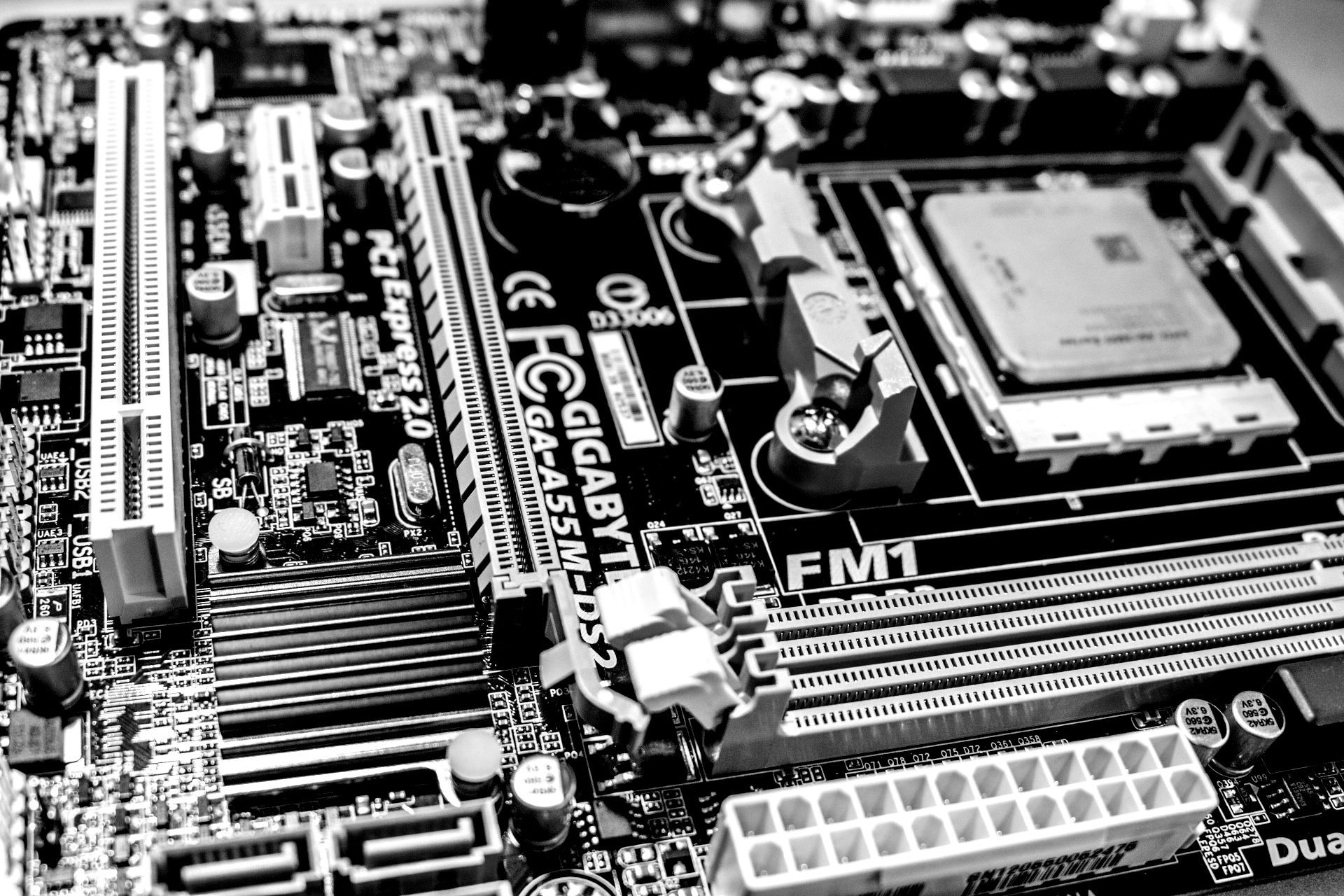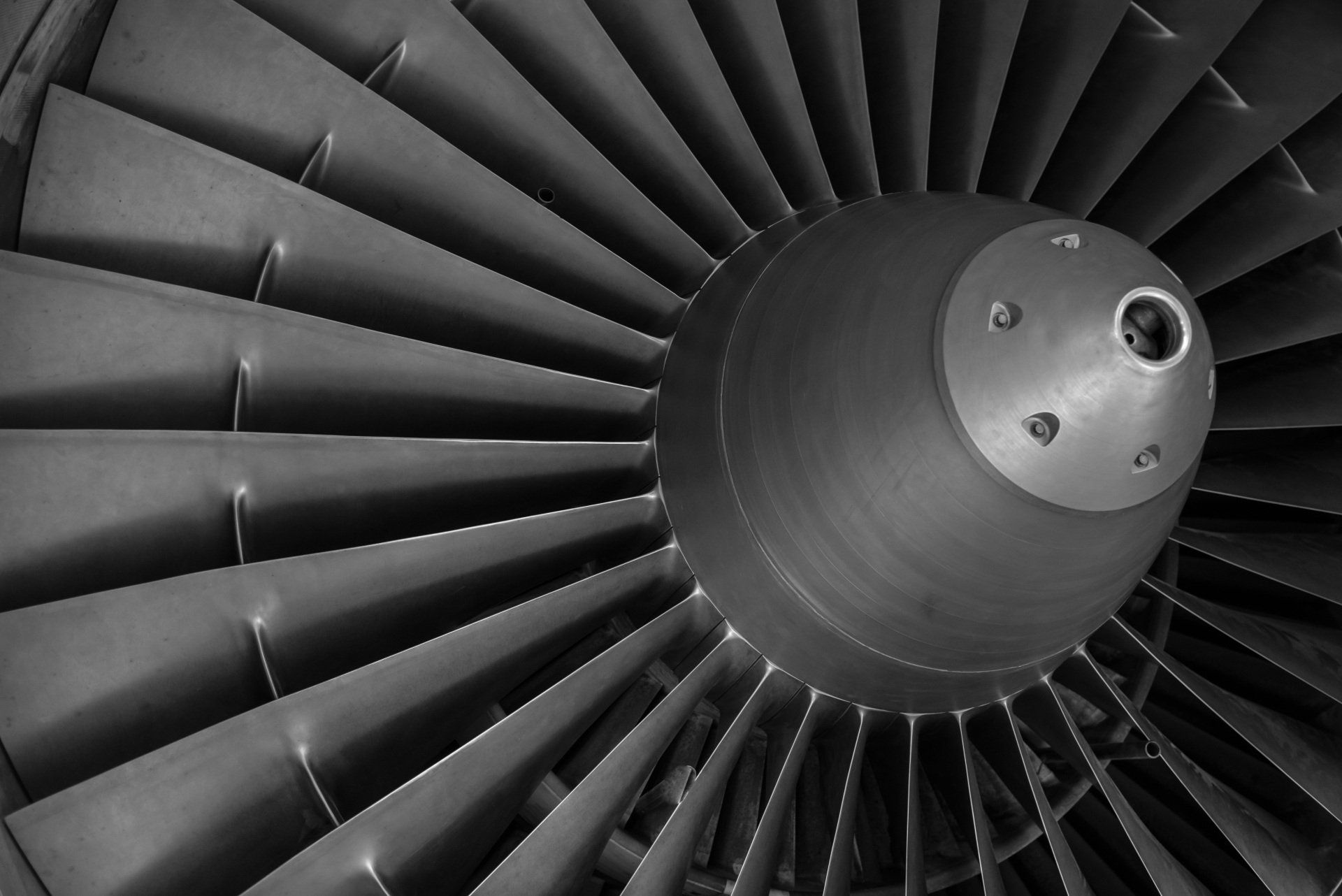"THE SECRET BIRD"
NEW AGE OF AEROSPACE AND MANNED FLIGHT
about this project
Manned "SECRET BIRD"J1 V1
Considering a range of advanced technologies and engineering disciplines, such a concept would integrate aerospace engineering, nuclear physics, materials science, and safety engineering, among others.
Here are my hypothetical design specifications for the craft:
Body:
Shape: Aerodynamic saucer shape, optimized for both atmospheric flight and potential space travel.
Diameter: Approximately 30 meters, to accommodate crew, equipment, and necessary systems.
Height: Around 10 meters, including the landing gear and the dome-shaped upper section.
Material: Advanced lightweight, high-strength composite materials for the hull, capable of withstanding extreme temperatures and radiation shielding.
Propulsion System:
Power Source: Compact nuclear reactor, such as a fusion reactor or an advanced fission reactor, designed for high power output and minimal waste.
Thrust Mechanism: Electromagnetic propulsion system or ion thrusters, powered by the nuclear reactor, offering efficient, high-thrust capabilities for atmospheric and space maneuvers.
Cooling System: Advanced cooling systems to manage the heat generated by the nuclear reactor, possibly using liquid metal or other high-efficiency coolants.
Energy Distribution:
Electric Power Generation: Nuclear reactor coupled with high-efficiency turbines generate electricity for onboard systems, propulsion, and life support.
Energy Storage: High-capacity, lightweight battery systems or supercapacitors for energy storage, ensuring power availability during reactor maintenance or shutdown.
Life Support and Habitability:
Atmospheric Control: Regenerative life support systems capable of carbon dioxide removal, oxygen generation, and humidity control.
Gravity Simulation: Rotating sections or artificial gravity systems to simulate Earth-like gravity for crew health and comfort.
Radiation Shielding: Multi-layered shielding incorporating materials like lead, polyethylene, and boron compounds to protect the crew from cosmic and reactor-generated radiation.
Navigation and Communication:
Navigation: Advanced inertial navigation systems combined with stellar and GPS (for Earth operations) navigation for precise positioning and maneuvering.
Communication: High-bandwidth communication systems for Earth and potential space communication, including redundancy systems for safety.
Safety Systems:
Emergency Propulsion: Secondary propulsion system, such as chemical rockets, for emergency maneuvers and landing.
Reactor Safety: Multiple redundant safety systems for the nuclear reactor, including emergency shutdown capabilities, containment systems, and radiation monitoring.
Ejection and Lifeboats: Crew ejection systems and lifeboats equipped with survival gear for emergency evacuations.
Research and Utility:
Modular Design: Configurable interior for various missions, including space exploration, research, and potential commercial applications.
External Attachments: Docking capabilities and modular attachments for external payloads, instruments, or additional modules.
Considerations:
This hypothetical design involves technologies that are either in developmental stages or conceptual. The implementation of a nuclear-powered manned saucer would require significant advancements in nuclear propulsion, materials science, and safety protocols. Moreover, regulatory, environmental, and ethical considerations would play a crucial role in the development and deployment of such technology.
PROJECT 2
Turbine
High-efficiency electric turbofan or turboprop, depending on the intended use and performance requirements of the aircraft (e.g., commercial, cargo, general aviation).
Motor
State-of-the-art brushless electric motors, potentially using axial flux designs for higher power density and efficiency.
Integrated cooling systems using liquid cooling or advanced air cooling techniques to manage heat dissipation from the motor.
Capable of operating at high RPMs required for efficient propulsion, with precise control systems for speed regulation.
Energy Storage
Advanced lithium-ion, lithium-sulfur, or solid-state batteries, offering the highest energy densities currently achievable, while ensuring safety and longevity.
Sufficient to meet the range requirements of the aircraft, factoring in energy reserves for safety and regulatory compliance.
An advanced Battery Management System (BMS) to monitor cell health, temperature, and charge levels, ensuring optimal performance and safety.
Integration and Control
Seamless integration with the aircraft's avionics and flight control systems, allowing for efficient management of the propulsion system and real-time monitoring.
Capability to recapture energy during descent and potentially during landing, to improve overall efficiency.
Safety Systems
Multiple independent channels for critical systems (motors, batteries, controllers) to ensure continued operation in case of a failure.
Backup power systems, such as auxiliary batteries or supercapacitors, to provide emergency power for essential systems.
PROJECT 3
Low Earth Orbit (LEO) solar array
- Orbital Altitude: Positioned in Low Earth Orbit, typically between 160 to 2,000 kilometers above the Earth's surface, to balance between atmospheric drag and transmission efficiency.
- Array Size: Several square kilometers of solar panels to capture sufficient solar energy. The exact size depends on the desired power output and the efficiency of the solar panels and wireless transmission system.
- Configuration: Modular design for scalable deployment, allowing for expansion or repairs as needed.
- Panel Technology: High-efficiency, multi-junction photovoltaic cells with a broad spectral response to maximize energy conversion from sunlight.
- Structural Design: Lightweight, foldable structures that can be deployed once in orbit, made from durable materials resistant to harsh space conditions like temperature extremes and micrometeoroids.
- Orientation System: Sun-tracking mechanisms to keep the solar panels optimally oriented towards the Sun for maximum energy capture.
Wireless Power Transmission (WPT)
- Transmission Technology: Based on Tesla's concepts, potentially employing microwave or laser-based power beaming for the wireless transmission of energy.
- Transmitter: Phased array of microwave antennas or a high-powered laser transmitter, designed for directional energy transmission towards Earth.
- Safety and Efficiency: Systems to ensure the safe and efficient transmission of power, minimizing dispersion and potential interference with other satellites or atmospheric components.
Ground Receiving Stations
- Rectenna Arrays: Large ground-based rectifying antennas (rectennas) to receive and convert microwave or laser energy back into electricity.
- Location: Strategically placed in remote areas or deserts, away from populated regions to minimize safety risks and interference with terrestrial communications.
- Power Conditioning: Facilities to convert and condition the received power for integration into the existing power grid, ensuring compatibility and stability.
Energy Storage and Management
- Orbital Storage: Onboard energy storage systems, such as batteries or supercapacitors, to store excess energy generated during peak sunlight periods for use during eclipses or periods of low sunlight.
- Power Management: Advanced power management systems to regulate energy generation, storage, transmission, and maintenance operations, ensuring consistent power delivery.
Safety and Environmental Considerations
- Laser Transmission Safety: If lasers are used for energy transmission, implement safety measures to avoid interference with aircraft or satellites and to protect human and animal eyesight.
- Microwave Transmission Safety: For microwave-based systems, ensure compliance with health and safety standards to avoid harmful biological effects from microwave exposure.
Research and Development Challenges
- Efficiency Improvements: Ongoing R&D to improve the efficiency of solar panels, wireless transmission, and energy conversion to make the system more viable and cost-effective.
- Prototype Testing: Development of ground-based prototypes and small-scale orbital tests to validate the concepts, technologies, and operational methodologies before full-scale deployment.
Based on Nikola Tesla's theories, cutting-edge technology with significant engineering challenges.


